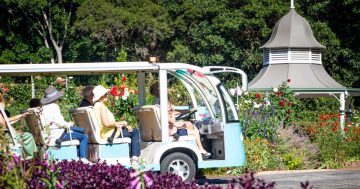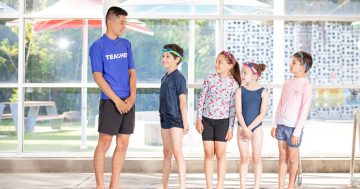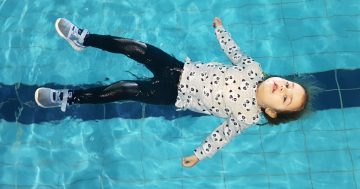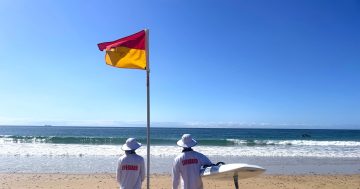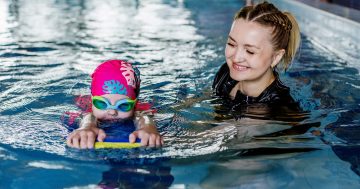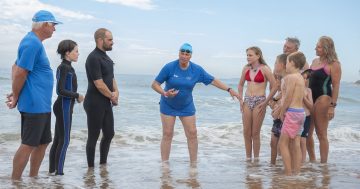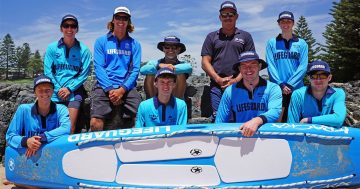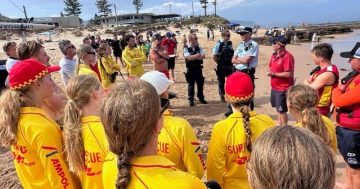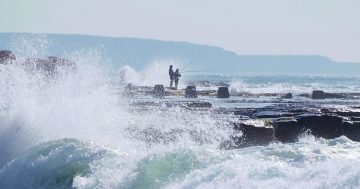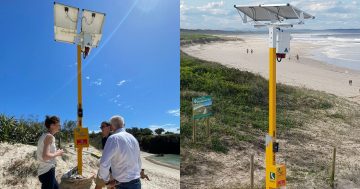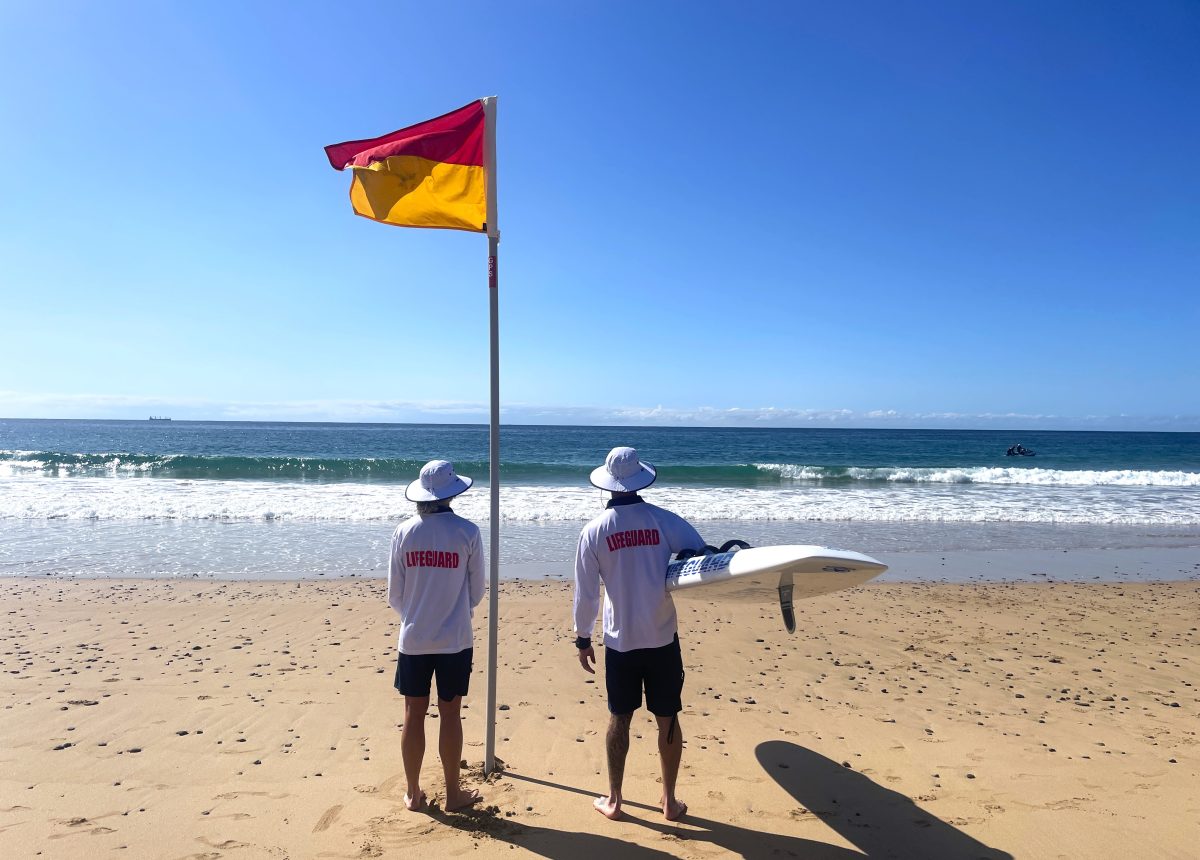
The National Drowning Report found seven in 10 coastal drowning deaths occurred more than 1 km away from patrolled beaches. Photo: Keeli Royle.
As a massive air and sea search was underway for two fishermen missing off Kiama last week, the latest national drowning figures were released, showing a 14 per cent increase in deaths over the previous year.
The search for Liverpool father and son Nelson Chan, 47, and Joshua, 17, was called off on Thursday (22 August), three days after the keen rock fishermen were presumed to have fallen into the water.
As of Friday, 23 August, no trace of the pair had been found.
According to the Royal Life Saving’s National Drowning Report 2024, 323 people lost their lives between 1 July 2023 and 30 June 2024, up from 278 the previous year.
In NSW alone, 128 drowning deaths occurred, an increase of 33 per cent.
While drowning deaths of children under five were down a welcome 25 per cent on the 10-year average, the number of adults aged 65 years or older who drowned spiked to the highest levels ever.
The report said adults in this age group were drowning at rates two to three times those of children under five, and accounted for 28 per cent of all drowning deaths.
Underlying heart or other medical conditions contributed to the number of drownings, especially when people were boating or using watercraft.
“Changing employment and residential patterns, increased participation in sport and recreation, drop offs in safety skills and decreased swimming fitness, may all have contributed to this concerning increase,” the report said.
Drowning deaths at beaches increased by 45 per cent compared to the 10-year average and were up 12 per cent on last year.
According to the report, rip currents continue to be the number one hazard and are a known contributing factor in more than 35 per cent of beach drowning deaths.
In 2023/24, rock fishing deaths accounted for five per cent of all drowning deaths, a 12 per cent increase from last year.
“Most drowning deaths occurred in inner regional areas, where people would drive more than 21 km from their home,” the report said.
The Wollongong local government area, from Helensburgh to Windang, is one of eight NSW councils where lifejackets are now mandatory for rock fishermen. The law was rolled out in January this year.
Overall, one quarter of drowning victims were born overseas. The report found that over the past 10 years, 34 per cent of people who drowned were born overseas, often recently arrived refugees, migrants or international students. The main countries were India, China and Nepal.
Royal Life Saving Australia CEO Justin Scarr said the figures highlighted the need to strengthen swimming and water safety skills of children and adults, especially for those living in regional communities and migrant communities.
“The report is a reminder that many Australians now lack the skills to swim, float or stay safe in the water,” he said.
“It’s a reminder that drowning prevention starts at home, in schools and at local pools. We must ensure no child or adult misses out on learning to swim, and that all Australians have access to a safe place to swim, starting with a great local swimming pool.
“Many migrant communities themselves are leading the way, raising awareness and promoting programs.
“Governments can do more. Policy changes can help to ensure migrants, refugees and international students have early access programs in their local communities.”
In May this year, Wollongong City Council won national recognition for helping to provide culturally specific water safety initiatives for residents new to the city.
The Illawarra Multicultural Water Safety Network was founded in 2012 following a number of drownings in Wollongong, including the drownings of former refugees and international students.
At the time, Mayor Gordon Bradbery said the work was incredibly important as migrants, international students, and refugees were an at-risk community in Australia.
“We want to make sure everyone is safe when they visit our beaches. That means making sure everyone, especially those who haven’t grown up around the ocean, have access to the knowledge to develop experience so that they have a good time in the water, without getting into trouble,” he said.
Surf Life Saving Australia CEO Adam Weir said sadly, beaches saw a significant increase in drowning deaths this year, with swimming at locations away from lifesaving services again being a major risk.
“Seven in 10 coastal drowning deaths occurred more than 1 km away from a lifesaving service, showcasing again the crucial role surf lifesavers play,” he said.
“Never before have our surf lifesavers and lifeguards worked harder to keep people safe at Australian beaches, with over 2.4 million preventative actions and nearly 9000 rescues in the last 12 months.
“More and more are being asked of surf lifesavers and lifeguards each year as beach usage around the country continues to grow and people explore a wider range of coastal locations.”
In the Illawarra, patrols on most beaches will start in September. Check with your council to see when patrols start at your local beach.








